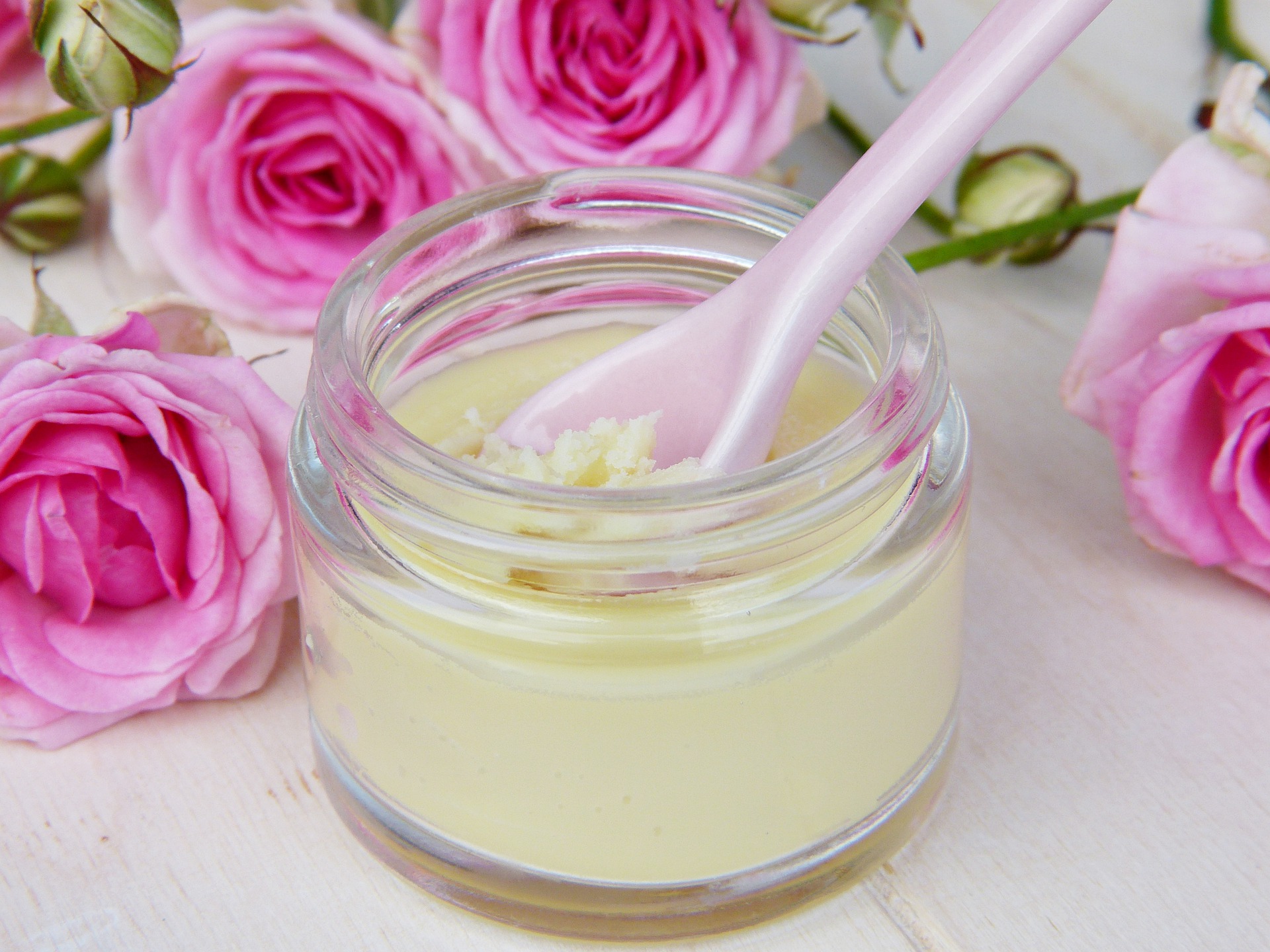Jodie Vanderslot | Health Editor
Featured image: So, you forgot to wear gloves? So, you don’t moisturize? Eight cups of water? | Courtesy of Silvia Rita
With temperatures rising and dropping sharply on a whim and harsh winds that dry us out, countered by steaming hot showers and central heating systems that try to warm us up, our complexion—and our skin—suffer.
There are many factors that influence the appearance and state of our skin; tightness, dryness, flaking, chapping, and itchiness are all various skin conditions encountered most frequently during the winter months, and should be treated separately.
Before treating your skin for anything, it’s imperative to know what it’s trying to tell you. Dry skin and dehydrated skin are very different.
Dry skin is a skin condition; often times, the skin will compensate for its dryness by producing oils, whereas dehydrated skin is caused by a lack of water; the skin feels tight and looks dull.
Staying well-hydrated is the first step to combating problematic skin and maintaining a healthy complexion.
The cold dehydrates the skin, thus making it possible for more irritants and allergens to enter, affecting its natural moisture levels. Dry skin can be caused by harsh soaps or detergents, irritating clothing fabrics, or long and hot showers. With dry skin, lack of moisture (lipid content) can cause the skin to become rough or flaky in texture.
Many with dry skin throughout the year often suffer from eczema, and can experience flare ups due to their environment. Similarly, many individuals living in harsh, cold climates experience dry skin during the colder months, making their skin tight, itchy, and flaky.
The more you scratch, the more histamine (a chemical compound that produces allergic responses such as an itch, runny nose, or sneezing) is released, causing more scratching, as well as even longer-lasting damage.
When bare hands are exposed to the cold, they are likely to become dry and chapped around the knuckles. The lack of moisture in the environment dries out the skin, and when immediately exposed to heat seconds later, can make the effects even worse.
The Toronto Dermatology Centre explained: “Areas of seriously dry skin can lead to inflammation of the skin, called dermatitis. When dermatitis is present, your dermatologist may prescribe a corticosteroid cream or ointment. The corticosteroid cream is applied to the affected areas to treat the problem.”
If your skin is suffering, thick and greasy ointments, such as petroleum jelly, form a stronger barrier than creams and lotions, and should be used as a protective barrier.
Products with ingredients like jojoba or coconut oil are rich, natural ingredients that are beneficial for dry skin. However, facial oils can add an additional level of protection and hydration to the skin when used before moisturizers, and are able to penetrate deep into the skin while still allowing it to breathe. These oils are best recommended for skin care, as opposed to heavy creams.
It is important to moisturize the entire body twice a day, every day. The water used on a daily basis should be lukewarm instead of hot, and little to no soap should be used to avoid aggravating the skin.
A cleanser is ideal—Cetaphil or CeraVe are often the most recommended brands.
While the skin is still moist, it is important to add in hydration with a cream or lotion.


